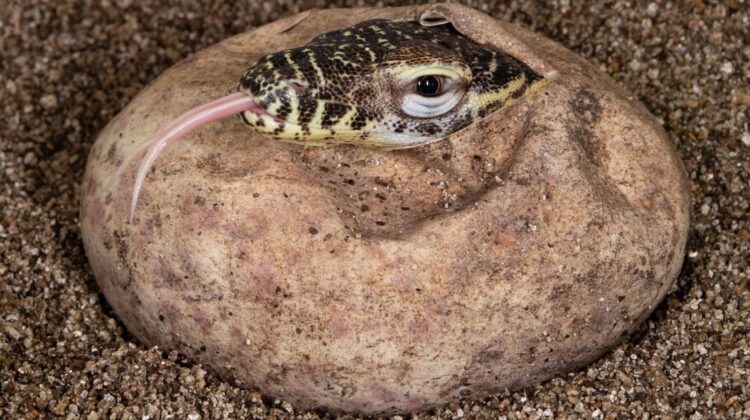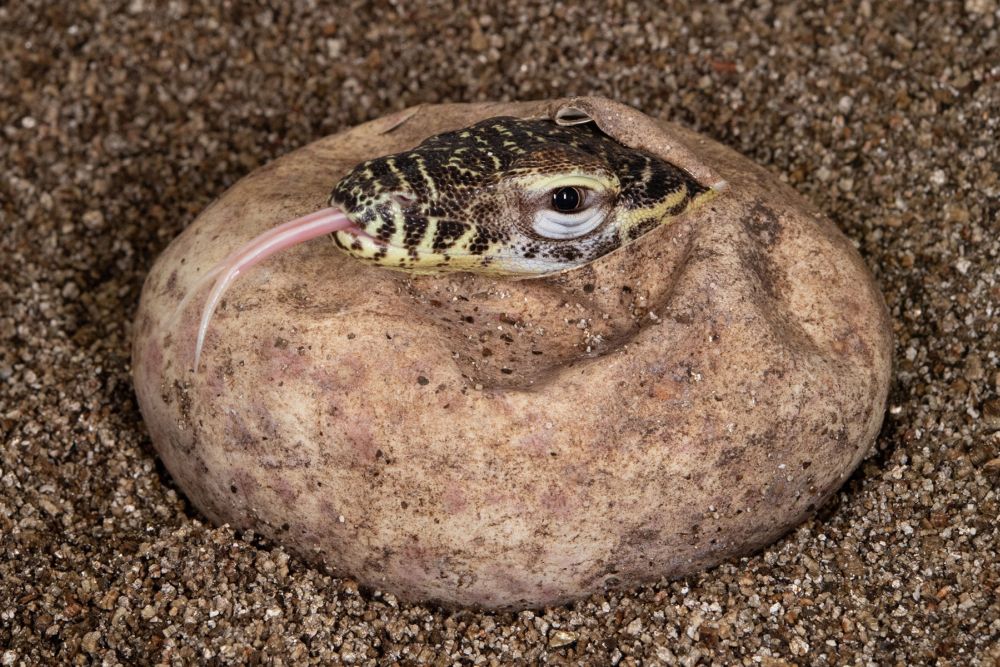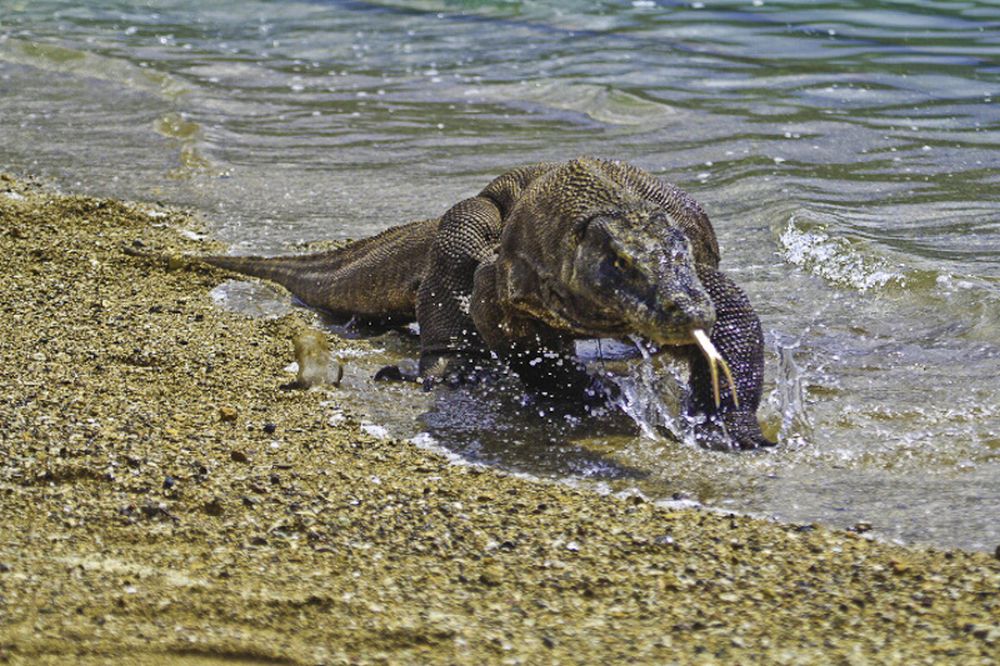
The Bronx Zoo had a historic occurrence when six Komodo dragons hatched for the first time since its founding in 1899. Because the species is listed as endangered by the International Union for Conservation of Nature, and mating between these reptiles may be difficult, especially in enclosures, this is a significant step forward for wildlife conservation.

The Komodo Dragon’s native home is on Komodo Island and a few surrounding islands in Indonesia’s Lesser Sunda Islands, although they most likely developed millions of years ago in Australia. They have a keen sense of smell and a poisonous bite that reduces their prey’s blood pressure, causing extensive bleeding and, in the process, prevents clotting, resulting in shock.
Because dragon females contain both male and female sex chromosomes, they can breed even if no males are present. Parthenogenesis is a reproductive method in which an egg develops into an embryo without the need for a man to fertilize it. However, this type of reproduction can only produce male progeny, and the tiny number of females in a group of dragons can lead to inbreeding.
Furthermore, just 350 of the 2,500 Komodo dragons left in the wild are reproducing females. As a result, parthenogenesis is not the ideal answer for this endangered species, and adult dragons frequently consume their own species’ younger members.

So, in nature, the hatching and maturation of Komodo dragons isn’t that straightforward. That’s why the Bronx Zoo’s latest hatching is such a success story.
The Bronx Zoo’s successful breeding is the product of a joint breeding and management program called Species Survival Plan, run by the Association of Zoos and Aquariums, and, of course, years of hard effort by the zoo’s personnel. Because female Komodo lizards are only ready to mate once a year, and when matched for mating, adult lizards can turn violent, the Komodos had to be closely supervised.
Fortunately, the Komodo parents were introduced easily this time, and the female lizard deposited her eggs a month after mating. After 212 days, the eggs were placed in an incubator and hatched.
To avoid predators, including other adult dragons, newborn Komodo dragons flee to higher heights of trees in their natural environment. They don’t have to worry about becoming prey to other predators in the Bronx Zoo, but they may still freely climb trees and bark slabs in their cage.
After hatching, the younglings will almost immediately begin hunting insects and smaller lizards. They mature into fully grown adults in 8 to 9 years and have a life expectancy of up to 30 years. When they reach adulthood, this new group of dragons will join the AZA Species Survival Plan breeding program to help preserve the species’ genetic variety.
These hatchlings, according to Don Boyer, Curator of Herpetology at the Bronx Zoo, signal a bright future for the species. “As they assist us raise awareness about conservation requirements, they will be fantastic ambassadors for their wild cousins.”
This occurrence gives the species a bright future; preserving a species’ genetic variety increases population health by containing alleles (one of two genes) that may be useful in fighting illnesses, pests, and other pressures.

The species has become an ecotourist attraction as a result of the public’s interest in these enormous lizards, which has prompted their conservation. The Indonesian government has also taken efforts to protect Komodo dragons. To safeguard the Komodo dragon and its environment, the Komodo National Park was established in 1980. The national park has even set up patrols in the region to deter poaching.
Komodo dragons are a one-of-a-kind species, and we hope that conservation efforts will bear fruit in the future, allowing these creatures to thrive once more.
